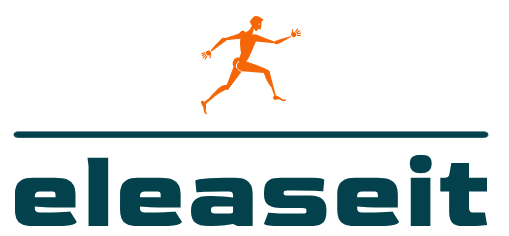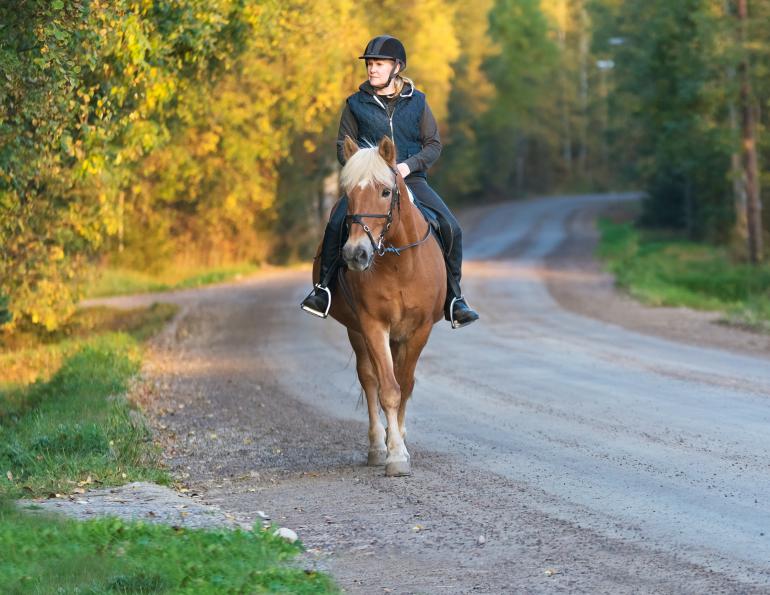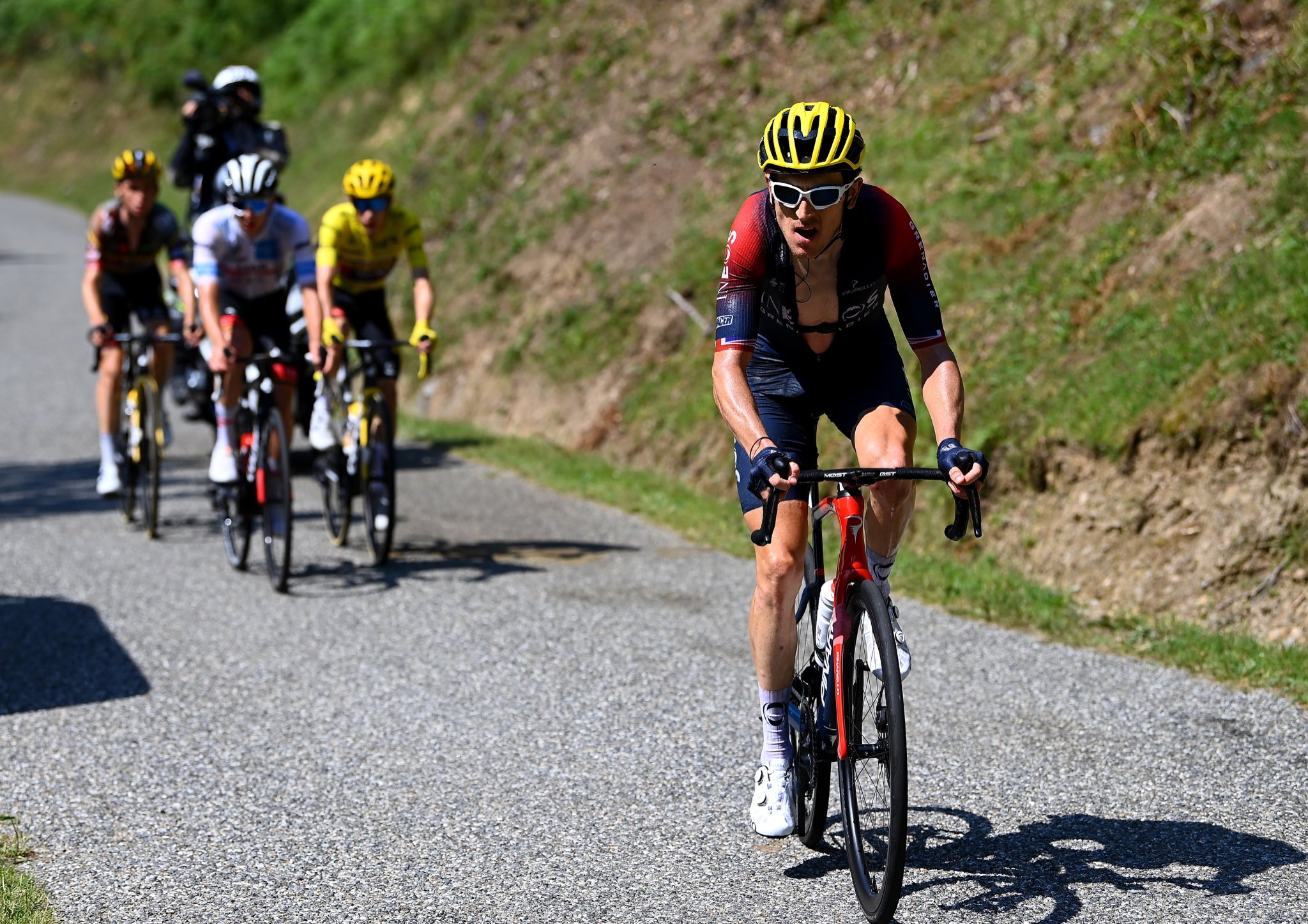
Ride Secure: Navigating Equestrian Riding Safety Essentials
Equestrian riding safety is paramount for both riders and their equine partners. This article delves into the essential aspects of ensuring a secure riding experience, emphasizing the importance of proper precautions, equipment, and rider awareness.
Safety First: The Foundation of Responsible Riding
Equestrian riding safety begins with a commitment to putting safety first. Riders must adopt a mindset that prioritizes responsible riding practices. This includes following established safety guidelines, being aware of surroundings, and understanding the potential risks associated with horseback riding.
Proper Attire and Equipment: The Armor of the Rider
Wearing the proper attire and using appropriate equipment is like donning armor for equestrian riders. Helmets, riding boots, gloves, and other protective gear are essential components of equestrian riding safety. Each piece serves a specific purpose, providing both comfort and protection during rides.
Regular Equipment Checks: Ensuring Reliability
While having the right equipment is crucial, ensuring its reliability is equally important. Regular checks of saddles, bridles, and other riding gear contribute to equestrian riding safety. Any signs of wear or damage should be promptly addressed to prevent accidents caused by faulty equipment.
Understanding Horse Behavior: Building a Partnership
A key aspect of equestrian riding safety is understanding and respecting horse behavior. Riders who are attuned to their horses’ signals can anticipate reactions and prevent potential issues. Building a strong partnership based on communication and trust is foundational for safe and enjoyable rides.
Training for Riders: Enhancing Skills and Awareness
Rider training plays a significant role in equestrian riding safety. Riders should continually enhance their skills, including balance, posture, and effective communication with the horse. Additionally, training programs often incorporate safety awareness, teaching riders to respond appropriately in different situations.
Choosing Safe Riding Locations: Assessing Terrain and Conditions
The choice of riding locations greatly influences equestrian riding safety. Riders should assess terrain and weather conditions before embarking on a ride. Avoiding areas with potential hazards and being aware of ground conditions contribute to a safer riding experience.
Supervision for Novice Riders: Learning Under Guidance
For novice riders, supervision is a crucial component of equestrian riding safety. Learning under the guidance of experienced riders or instructors provides a structured and controlled environment for acquiring riding skills. This mentorship ensures that safety practices are ingrained from the beginning.
Emergency Preparedness: Equipping Riders for the Unexpected
Despite precautions, emergencies can occur. Equestrian riding safety involves preparing for the unexpected. Riders should be equipped with basic first aid knowledge and carry a communication device in case of emergencies. Swift and informed action can make a significant difference in critical situations.
Respecting Riding Etiquette: Shared Spaces and Consideration
Equestrian riding often takes place in shared spaces. Respecting riding etiquette is crucial for equestrian riding safety. Communicating with other riders, yielding when necessary, and maintaining a courteous demeanor contribute to a positive and secure riding environment.
Explore Equestrian Riding Safety for Comprehensive Guidelines
For comprehensive guidelines on equestrian riding safety essentials, visit Equestrian Riding Safety. This resource offers valuable insights, tips, and resources for riders at all levels, supporting their commitment to a secure and enjoyable riding experience.



